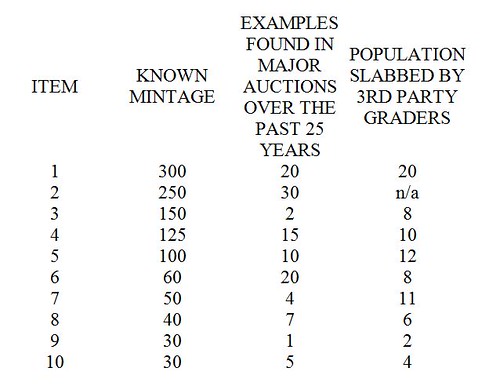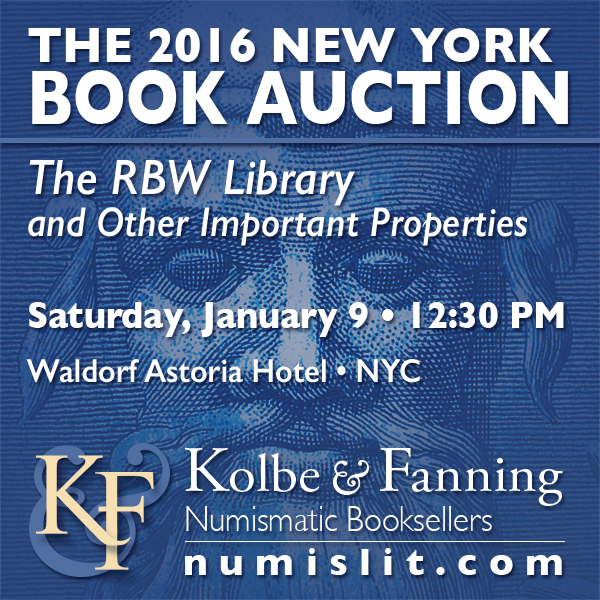
PREV ARTICLE
NEXT ARTICLE
FULL ISSUE
THOUGHTS ON RARITY RATINGS
Jonathan Brecher submitted this question on rarity ratings. It's a simple enough question, but one that can have many answers for
different people. Let us know what you think. -Editor
I’ve recently looking at some rarity ratings and I wonder if E-Sylum readers would like to express an opinion or two (or twenty :-) ). The question at hand is fairly simple: If you see an item described in a reference work or auction catalog as R-7, what does that mean to you? There are a number of rarity scales. For the sake of discussion, let’s assume that you know for sure that the R-7 rating was intended to be relative to the following scale, which I think is the scale most commonly used in a number of areas, at least when it comes to exonumia: R-1: 5,000+
Here are some possible answers for what “R-7” might mean:
If you want to look at the question from the other direction, what rarity would you expect to see for each of the following examples? FWIW, each of these are real examples of items that I found described as R-7. I picked items where the original mintage is known. The question gets a lot harder otherwise!: 
Interesting study. What do readers think? -Editor

Wayne Homren, Editor The Numismatic Bibliomania Society is a non-profit organization promoting numismatic literature. See our web site at coinbooks.org. To submit items for publication in The E-Sylum, write to the Editor at this address: whomren@gmail.com To subscribe go to: https://my.binhost.com/lists/listinfo/esylum All Rights Reserved. NBS Home Page Contact the NBS webmaster 
|